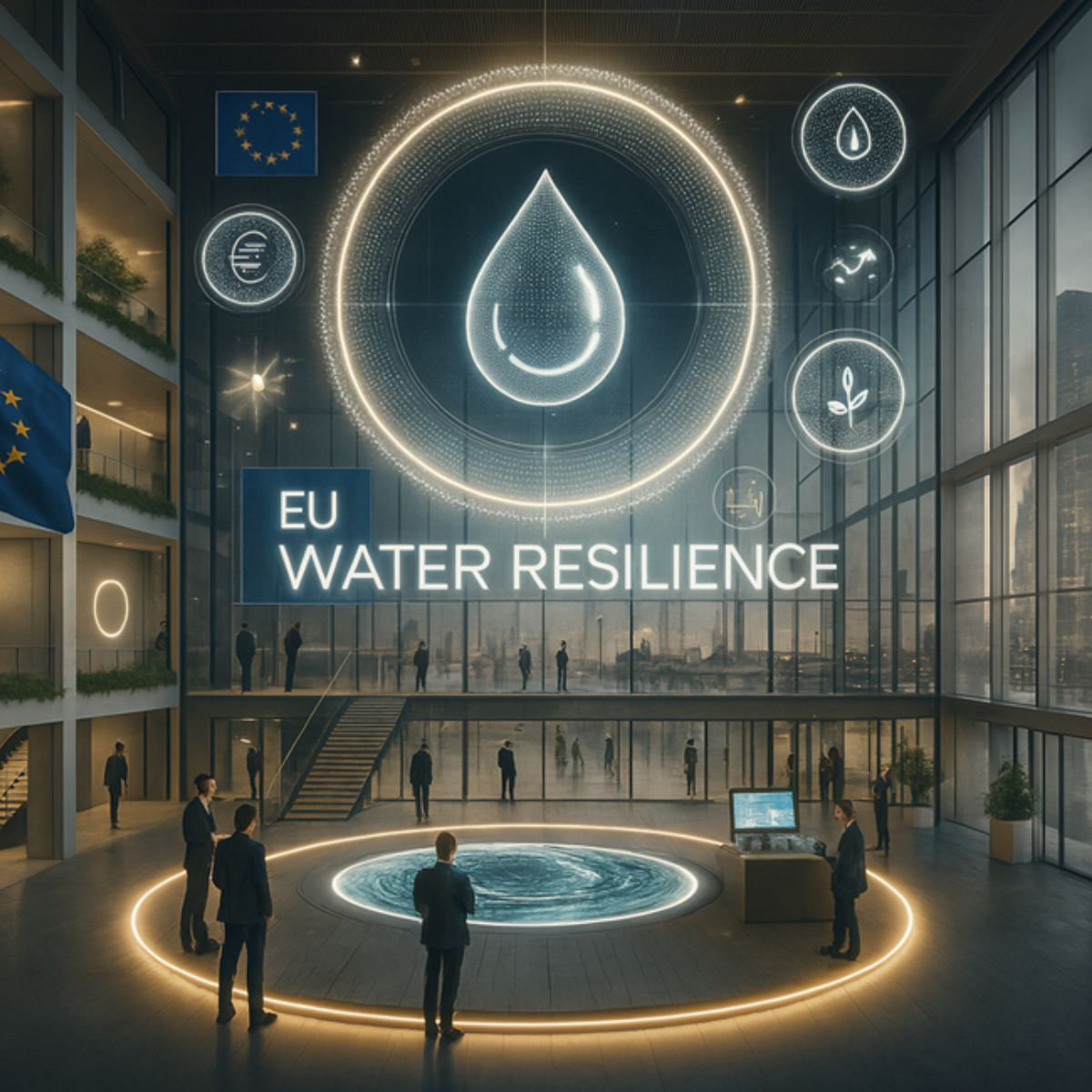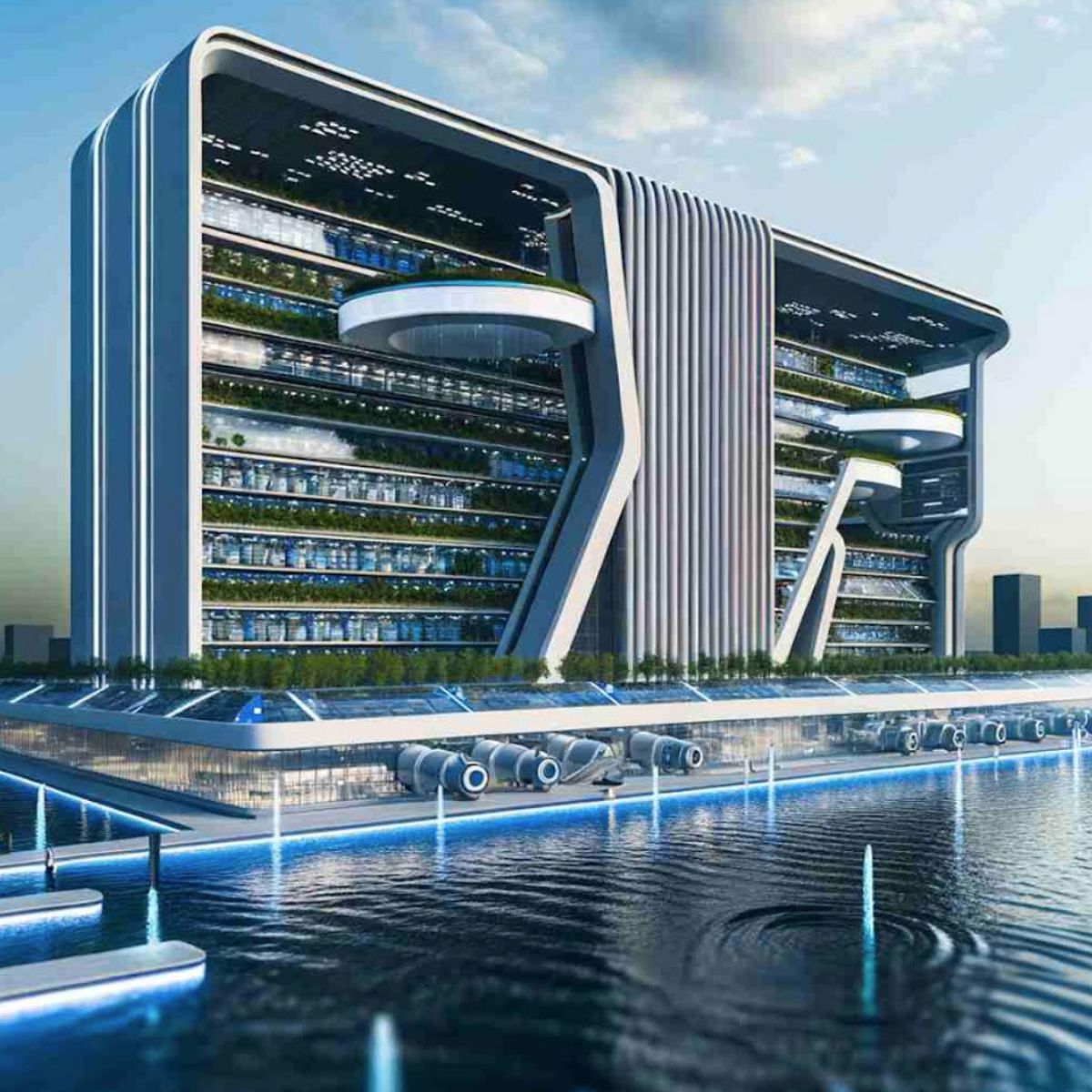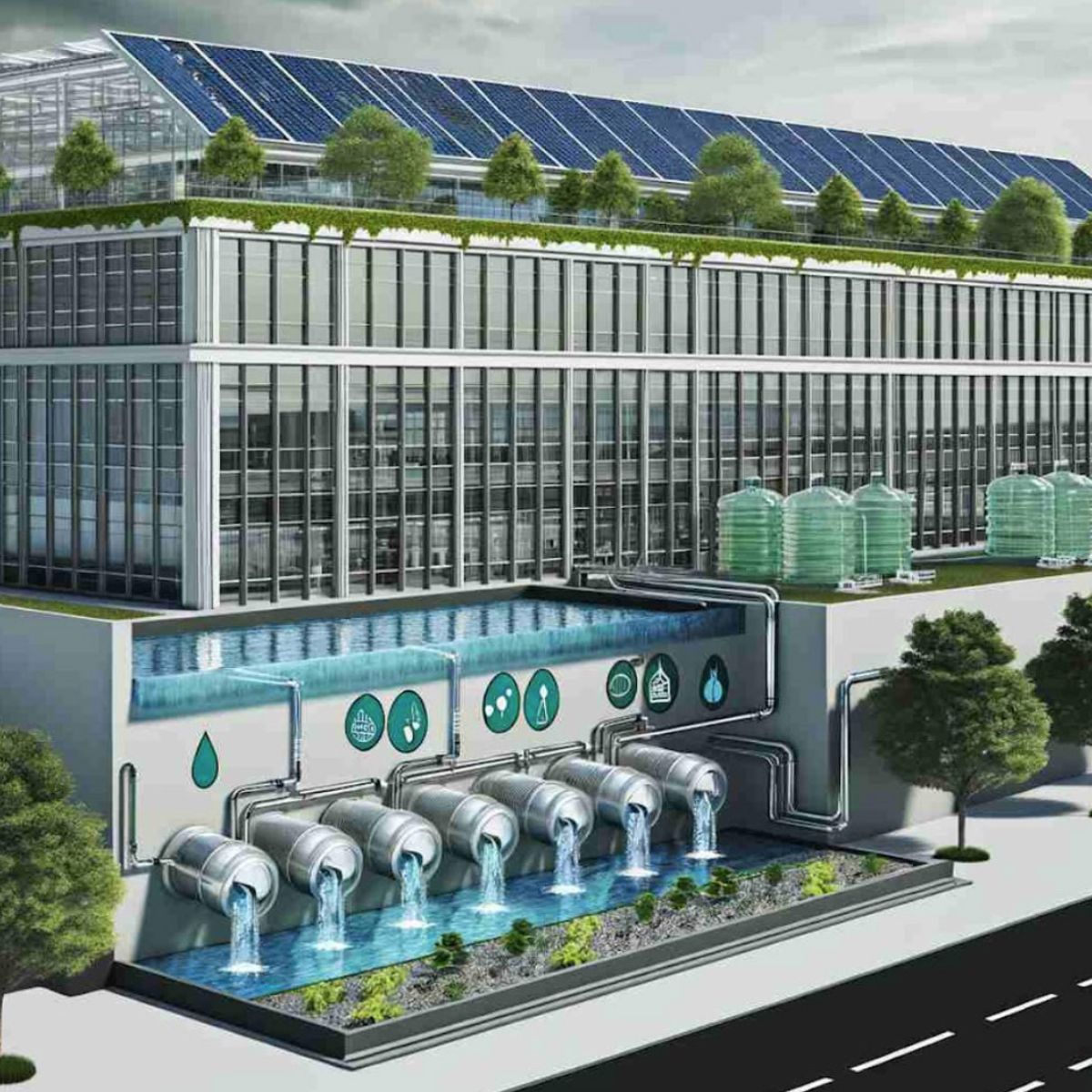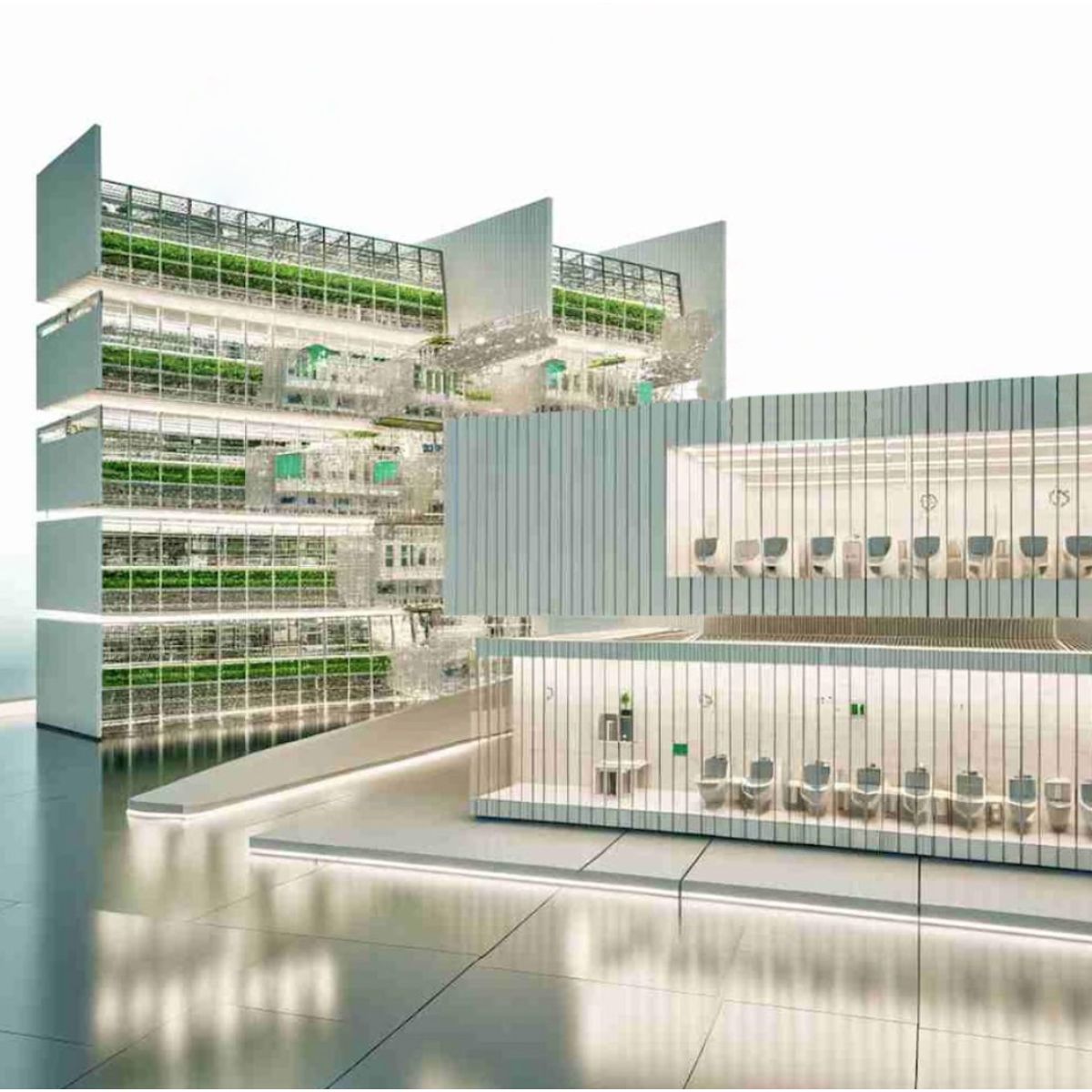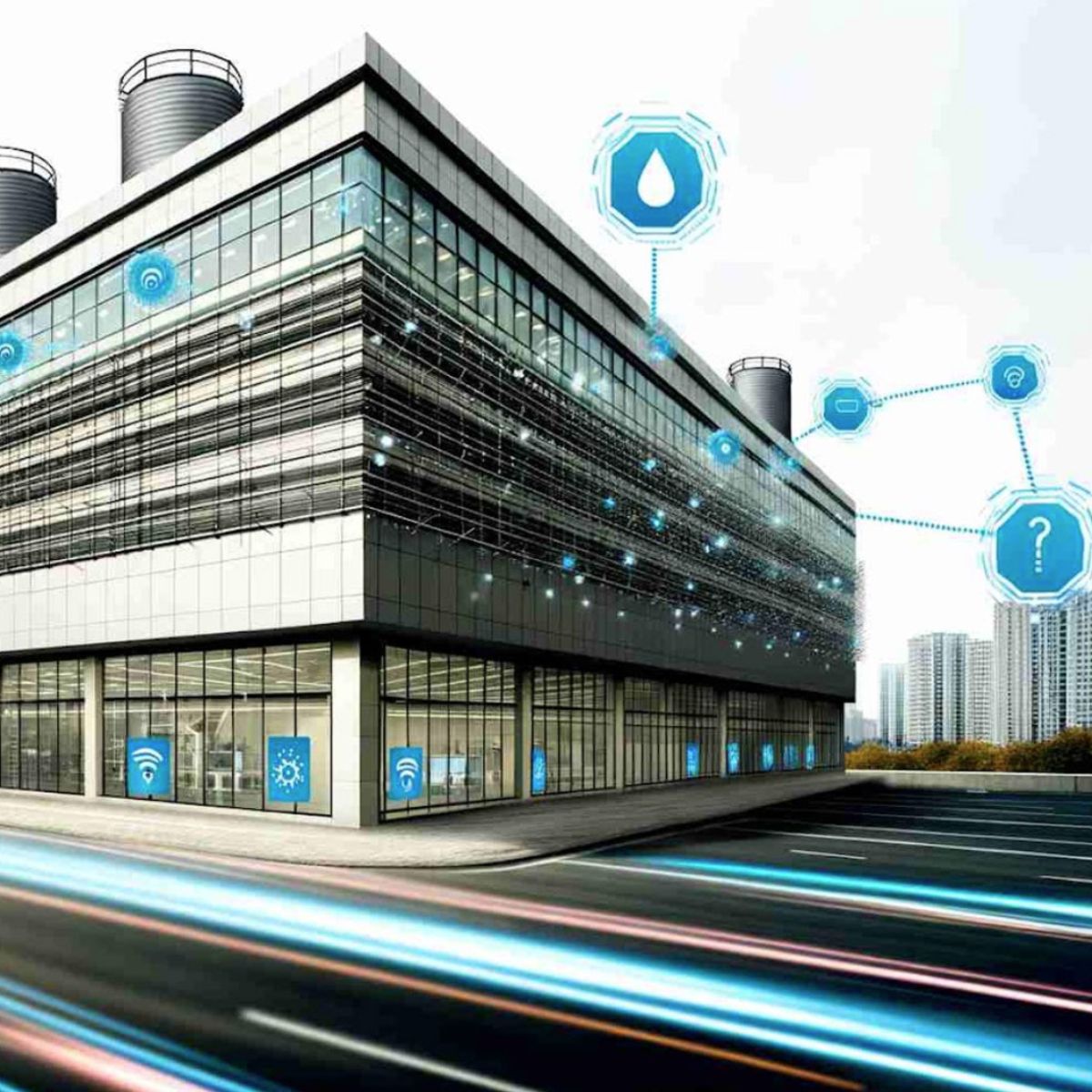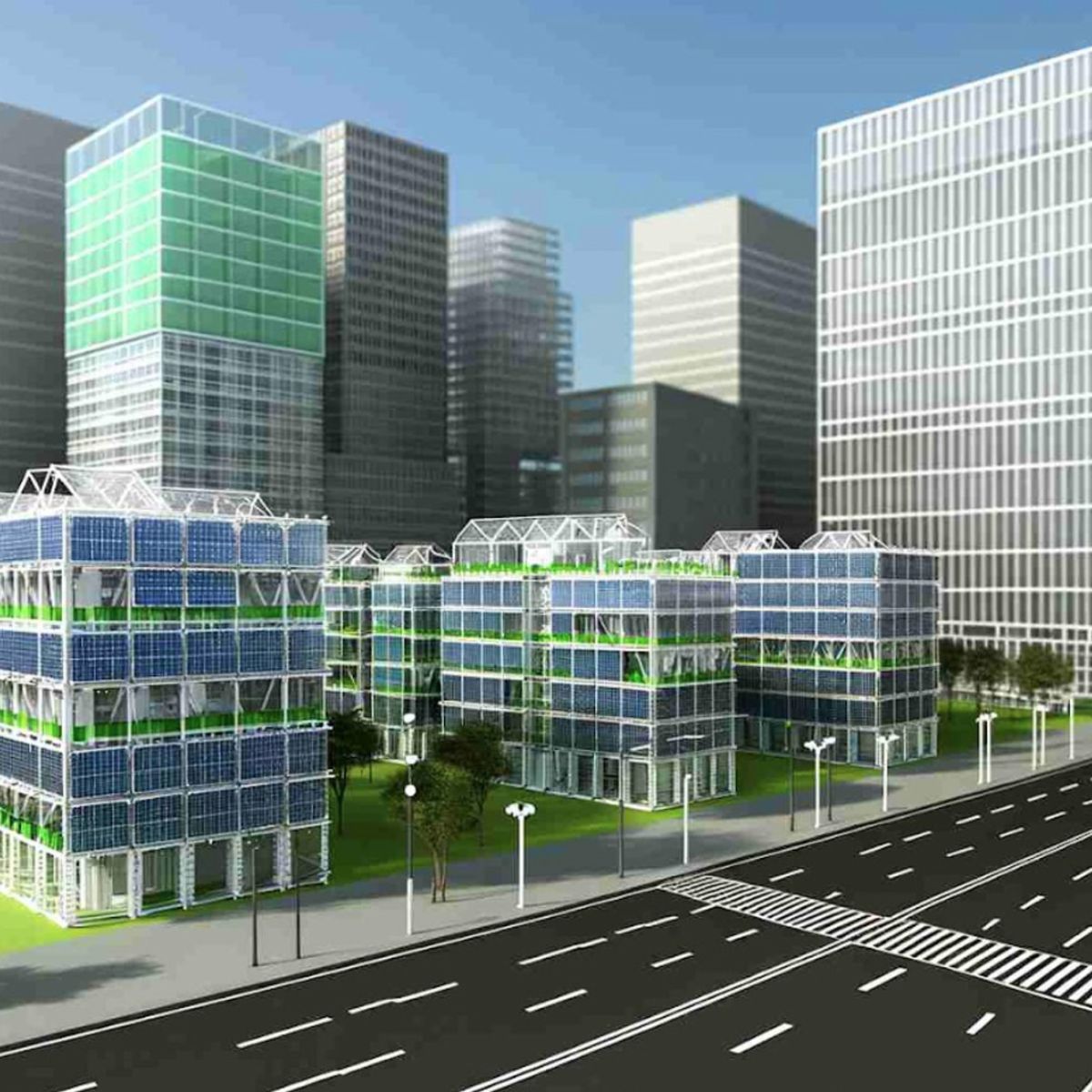Innovative sanitary technologies enhance plumbing functionality in buildings while conserving resources. Modern systems contribute to environmental protection and cost efficiency, shaping the trends for the bathrooms of the future.
Reading time: 3 minutes
Digitization and Artificial Intelligence Are Also Revolutionizing Sanitary and Installation Technology
Technological advancements are progressing rapidly in the sanitary and installation sector. Digitalization and smart communication networks are becoming increasingly common in bathrooms and public restrooms. Smart sensors, faucets, showerheads, and even toilets in future-ready buildings will be connected to the smart grid.
This connectivity allows real-time monitoring of water consumption, which can be analyzed using AI. Integrated flow restrictors and modern flushing systems reduce water consumption significantly. With smart building automation, bathrooms can automatically ventilate when humidity levels are too high, and heating systems can be automatically shut off, saving energy and preventing mold growth.
Moreover, digital faucets can be customized to users’ needs, often operating without touch for better hygiene. These smart sanitary technologies promote sustainability, reduce CO₂ emissions, and help protect the environment. Additionally, efficient sanitary solutions save money and improve safety, such as by using intelligent lighting controls.
Modern Water Installations Improve Water Quality in Buildings
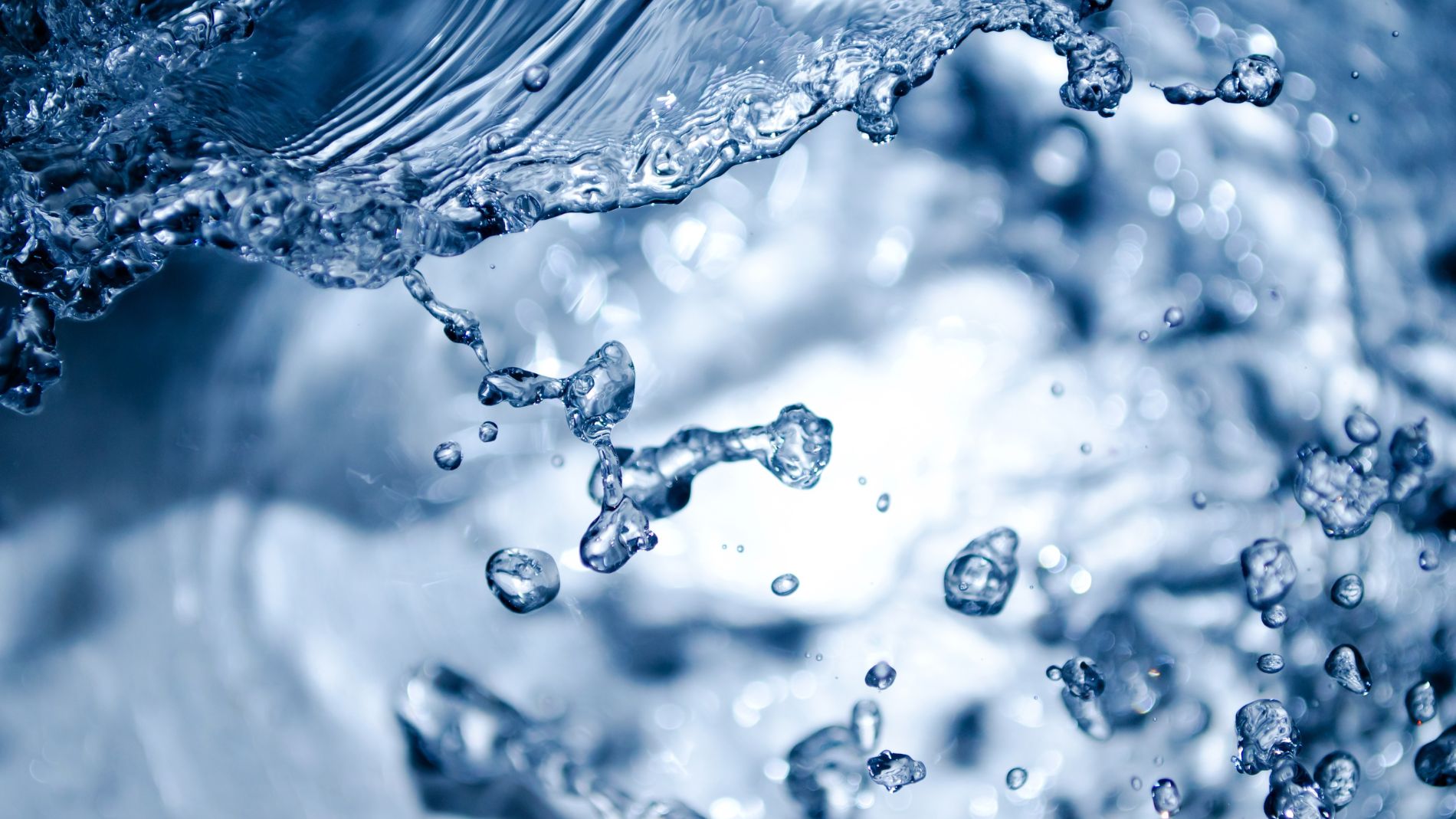
It’s not just water consumption that’s gaining attention—water quality is also becoming a primary concern for sustainable sanitary technology. Advanced water filtration systems are being integrated into building designs to remove impurities and prevent legionella growth. These systems can even enrich water with minerals as needed. This not only improves hygiene but reduces the need for cleaning agents, making cleaning easier and more environmentally friendly.
New installation techniques, such as modular construction, complete system solutions, and innovative connection technologies, are also helping reduce installation time and costs, making retrofits more attractive.
Sustainable Materials for Eco-Friendly Sanitary Systems
In addition to smart technologies, sustainable materials are becoming central to future-proof building design. Increasing emphasis is being placed on recycled and eco-friendly materials with low environmental impact during production. Rapidly renewable materials, like bamboo, are gaining popularity.
The design of future systems will remain timeless and adaptable, with features like adjustable toilets, seamless showers, and slip-resistant flooring to accommodate aging populations.
Smart Sanitary Systems: Saving Resources, Reducing Emissions, and Enhancing Comfort
Smart sanitary and installation technologies are poised to play a major role in monitoring and optimizing water and energy consumption. Features like flow restrictors and advanced water filtration systems are increasingly being deployed. Additionally, innovative installation techniques will help future bathrooms save both energy and costs. These innovations will also improve comfort and ensure barrier-free living for the elderly.
FAQ
What modern technologies are used in sanitary and installation technology to optimize a building's energy efficiency?
Smart sanitary and installation systems can connect to energy management systems, enabling real-time monitoring and identifying potential energy savings. Smart bathroom fixtures reduce water usage, requiring less energy for heating, thus contributing to energy savings.
Bathroom lighting and ventilation systems are automated through smart building controls, minimizing energy usage and utilizing renewable energy sources. Additionally, graywater reuse technology captures water from activities like washing and reuses it, saving both water and energy.
How do modern installation methods help reduce water consumption?
Modern installation techniques, such as flow restrictors, can reduce shower water consumption by up to 50% while maintaining comfort. This not only saves water but also reduces the energy required to heat it, lowering CO₂ emissions. Precise thermostats ensure water is heated only as needed, preventing unnecessary energy use. Some showerheads now incorporate air into the water stream, making water use more sustainable.
What role do intelligent control systems play in optimizing building infrastructure?
Intelligent control systems optimize not just energy consumption but also water management in smart buildings. With machine learning, these systems can recognize usage patterns and proactively heat water based on anticipated needs, minimizing energy waste. Additionally, real-time data analysis can detect water leaks, automatically shutting off the water supply and preventing further damage. These systems also detect malfunctions early, simplifying maintenance and improving overall building efficiency.
